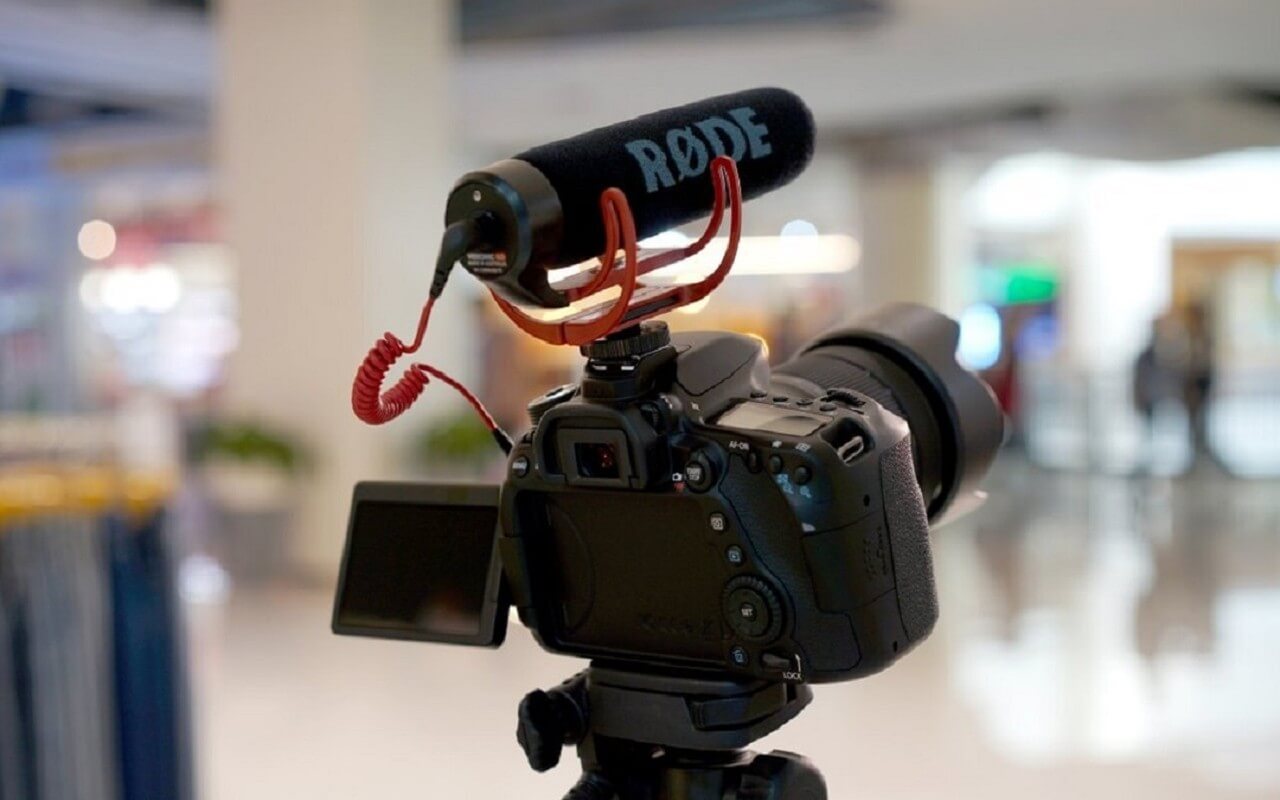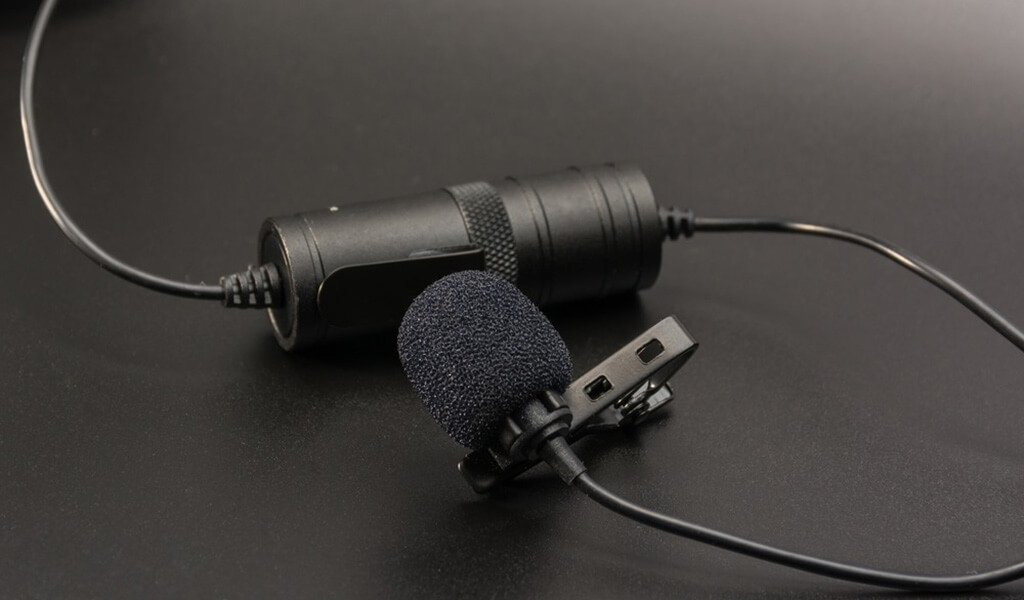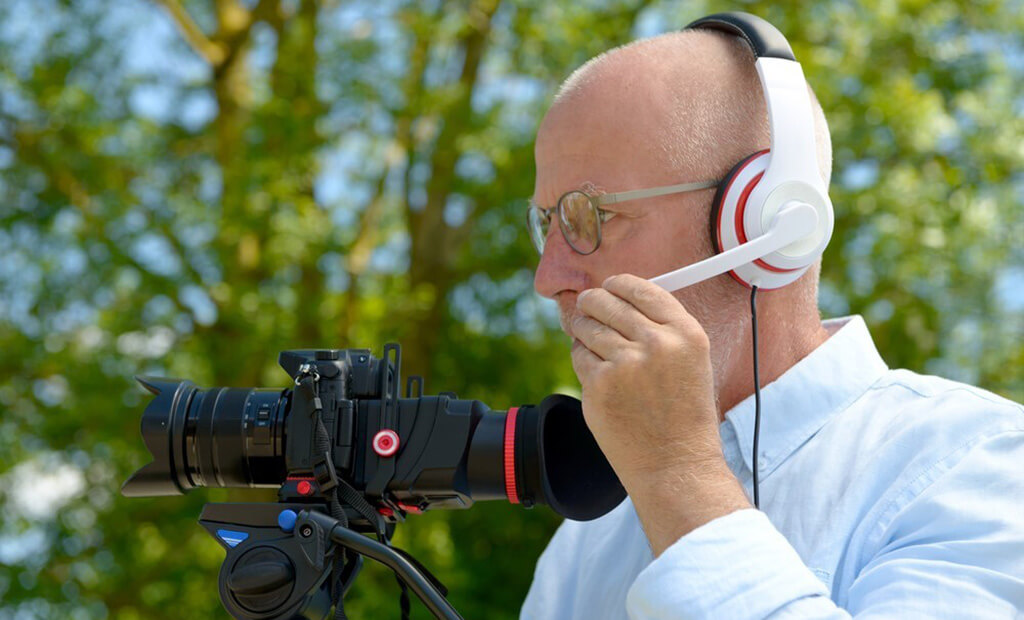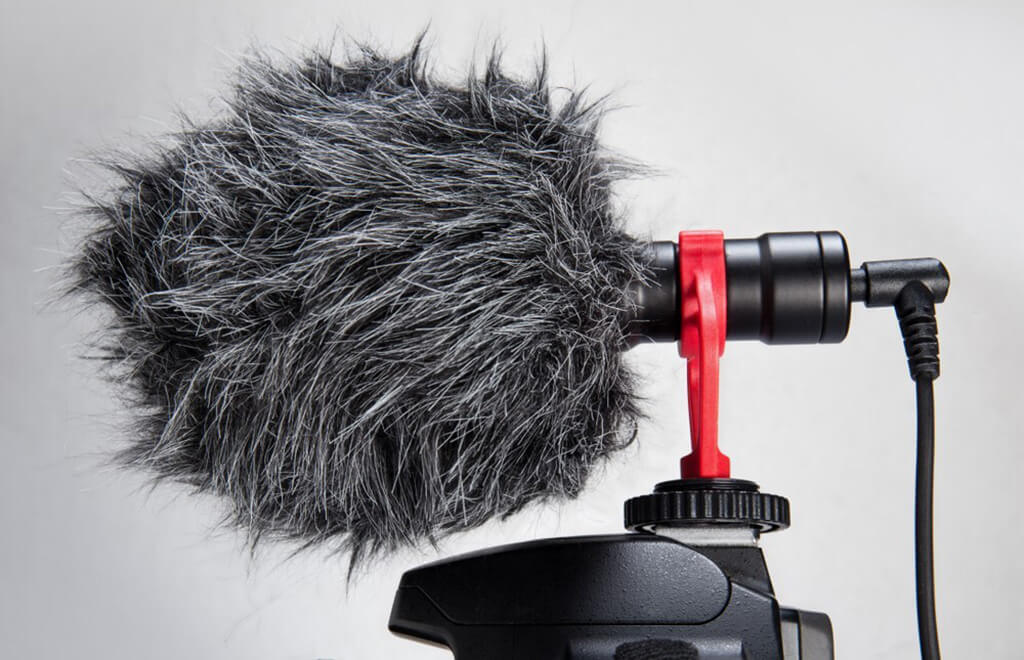If you’re thinking of starting a vlog or a YouTube channel and you already have a DSLR camera, then you must be wondering why you should get a separate mic for it.
I mean, most DSLR cameras these days come with a built-in mic and they deliver pretty good sound quality, don’t they? Well, rest assured, you’re not the only one. I wondered the same when I first started off with my vlogging career.
But over the years I’ve come to learn about not just why you need a separate mic for a DSLR camera, but also, which one to pick, and what are the benefits of it. It’s hard to put down all the knowledge gathered from years of experience into just a single article, but I’ll try to keep it as brief and simple as possible.
Table of Contents
Benefits of an External Mic
The game-changing revolution to videography started when DSLR cameras started allowing video implementation to them. This not only made things a whole lot easier for videographers but at the same time, it enhanced the video quality to a great deal.
I mean, it basically added all the good sides of DSLR photography to videos. What could be better than that?
Now that video quality was not a matter of worry anymore, the next thing that came into focus was the audio quality. Since audio is an inseparable part of most videos, and even crucial in some. Naturally, the audio quality needed to be premium both in clarity and richness.
Even though most DSLR cameras come with built-in microphones that provide pretty decent audio quality, especially if you’re shooting something that has audio frequencies of different ranges and acoustics, like a talk-show or a live concert.
For a start, the preamps built-in to DSLRs aren’t professional at all. They’re not to be blamed, because DSLR cameras were originally not made for videography, but they just fitted in the video feature later.
Moreover, they sometimes have pre-determined settings for gain control and other audio tweaks that are just not made for a custom sound. To take care of all that in came external mics especially made for DSLR cameras. And things have never been the same ever since.
What to Look For In An External Mic?
If this is your first time buying an external mic for your DSLR camera, there are some things you ought to look out for. For a start, you need to know all the types of boom mics/shotgun mics (that’s what they’re called don’t ask why), lavalier mics, handheld mics, and headsets there are, and what type is designed for which purpose.
The Types
You’ll find multiple types of microphones when dipping the pinky in this pond. Let’s go over one by one just to give you an idea what to expect.
Shotgun mics or boom mics

These mics are the most popular kind of external mics used in DSLR cameras, mostly due to their versatility. They can be used pretty much anywhere and everywhere. How they got their name is an interestingly obvious story.
You see, these mics are mounted on long and slender tubes that resemble the barrel of a shotgun. This weird shape comes in handy as it makes the mics highly directional. Not just that, it also works like a shotgun in some ways.
Like… when you “Aim” it directly at your sound source, it catches the audio signals coming from it directly. This means, you’ll get a clear sound, as the long “interference tube” rejects sounds towards the sides and back. Hold on, it gets more gunny when it comes to mounting the mic onto a ‘boom’.
Traditionally, the best placement for a “shotgun” mic is on a “pistol” grip held by hand or on a boom, while you aim it at the sound source.
Lavalier/Lapel/Collar Mics

These are called “Lav mics” in short, and they’re adored for their (literally) tiny exterior which makes them great for product review videos, interviews, instructional videos, vlogging, and broadcasting.
These work the best in controlled environments where there is little to no ambient noise. If you’re planning for outdoor shooting, these might not be the best pick for the purpose.
Other than that, they’re pretty useful. You just clip ‘em onto your apparel and you’re all set. Lav mics come in both wireless and wired variants. This makes them widely portable and handy. Overall, a good external mic if you’re shooting subjects in controlled environments.
Old-Fashioned Handheld Microphones
Some folks like it the old-fashioned way. They like to do everything manually. And in some cases, that is even necessary. For them, there are handheld mics. They’re especially popular among journalists due to their rugged construction and the fact that they don’t need to be powered up.
The frequency ranges are not that wide, but that works as a plus point since they are mostly used for interviews and broadcast work. They don’t require extra-sensitivity, but rather a clear response to the subject that is in front of the mic.
Their narrow frequency range cuts out the background noise and serves as an automatic background noise-killer.
Built-in Mics with Headsets

Headsets are the go-to mics for videographers. Especially for vloggers who travel a lot or go out on tours in crowded places like restaurants and sports fields.
They’re great for interviewing people in loud conditions since they are capable of isolating the sound of their voice and block out the rest. For other purposes, headsets are not recommended.
Accessories That Elevate the Performance of Your Microphones

Some other accessories enhance the performance of your external mic when paired with your DSLR camera. For example, windscreens and pop filters. These accessories are crucial when you’re using an external microphone with your DSLR camera.
Then, come tripods and boom stands. IF you’re buying an external mic, make sure to get these accessories from brands and models that match the best with your camera and microphone because compatibility is a major aspect with any setup, video or audio.
The Best Part(s) About Owning an External Microphone
There are some key advantages of using an external microphone, other than the obvious ones like sound clarity and specialized impedance for different types of audio frequencies. Some of these benefits include:
Automatic Gain Control: There are a lot of external microphones out there that will allow you to monitor and control the automatic gain control. This will give you the freedom to create a more balanced audio track.
Vocal & Ambient Sound: If you record your audio using both an external mic along with the in-camera mic, you’ll get the best of both worlds. On one hand, you’ll get the clear audio recording that comes directly from the subject, and on the other, you’ll also get the ambient sound which if put together will add more dimensions to your recording. You’ll get both a crisper and a clearer sound.
Freedom of Movement: Generally, an external mic provides much greater flexibility when it comes to mic placements and freedom of movement without sacrificing the quality of the sound.
Better Audio Quality: An external microphone almost ever fails to provide you with a much better audio quality than you’d normally get with your camera’s built-in mic. You will almost feel as if the sound quality of your recordings has dramatically improved as soon as you mounted that external mic onto your camera. An external mic will also give you the versatility of recording in a wide range of environments.
How to Get the Best Out of Your External Microphone?
Now that you’ve got an external mic for your DSLR camera, the next thing you need to learn is how to use it in a way that would be the most beneficial for you.
Let me tell you that there is no single certain rule of how to use an external mic because it all depends on the user’s preference and requirements. But there are some hacks and essential tips that I can give you in general that will come in handy no matter what type of external mic you choose.
With Shotgun Mics
Shotgun mics are the most preferred kind of external mics for DSLR cameras and for good reason. They allow you to use them in all kinds of environments and weather and still provide the premium sound quality you’d expect from a professional mic.
Aiming is Everything: Shotgun mics are highly directional. Meaning, they tend to deliver their best performance if you point them directly at the sound source.
Weather Check: Some shotgun mics are powered by internal batteries and might be sensitive to extreme weather conditions.
Always Use A Windscreen: A foam windscreen keeps your sound crisp and clear while blocking out unnecessary background noise like the noise from the AC or wind, or even speech plosives. There are even furry windscreens specially designed for recording in extremely windy conditions.
Let the Carpet Do Its Magic: Not just magic carpets, but all carpets are magical when it comes to the audio recording. They help reduce the echoes that can occur in a large studio or concert hall.
With Lavalier Microphones
Keep It Close: Lavalier microphones have a low frequency range. Make sure to keep the mic at a close distance from the sound source when recording with one to get the best output.
Keep It Clean: When placing the mic, be careful that the capsule is not inadvertently rubbing against something like long hair or long thread of fabric as things like these tend to unwanted noise in the track.
With Handheld Mics
Keep It Covered: Use a pop filter to cover the capsule as it is more prone to getting dirty and catching noises while being pointed directly at the subject
Be Careful While Handling: Although they are rugged, handheld mics may break if you drop them. Make sure your grip is firm and your hand is not slippery/sweaty.
With Headsets
Check the Connection: Always remember to check and recheck the connection of the mic with the recorder so that you get a clear sound.
Keep Away From Sweat: Since headsets stay in such close contact with the user, often their sweat can damage the mic. Make sure to keep yourself well-dried every time before using a headset.
Let’s Put a Pen in the Discussion for Now
In conclusion, I’d just say, go for it. Get yourself an external mic that you think would suit the best with your camera and just make the best out of it. Experiment with different types of mics and audio setups until you find your sound. And once you’ve found it, keep working on how to make it better.

